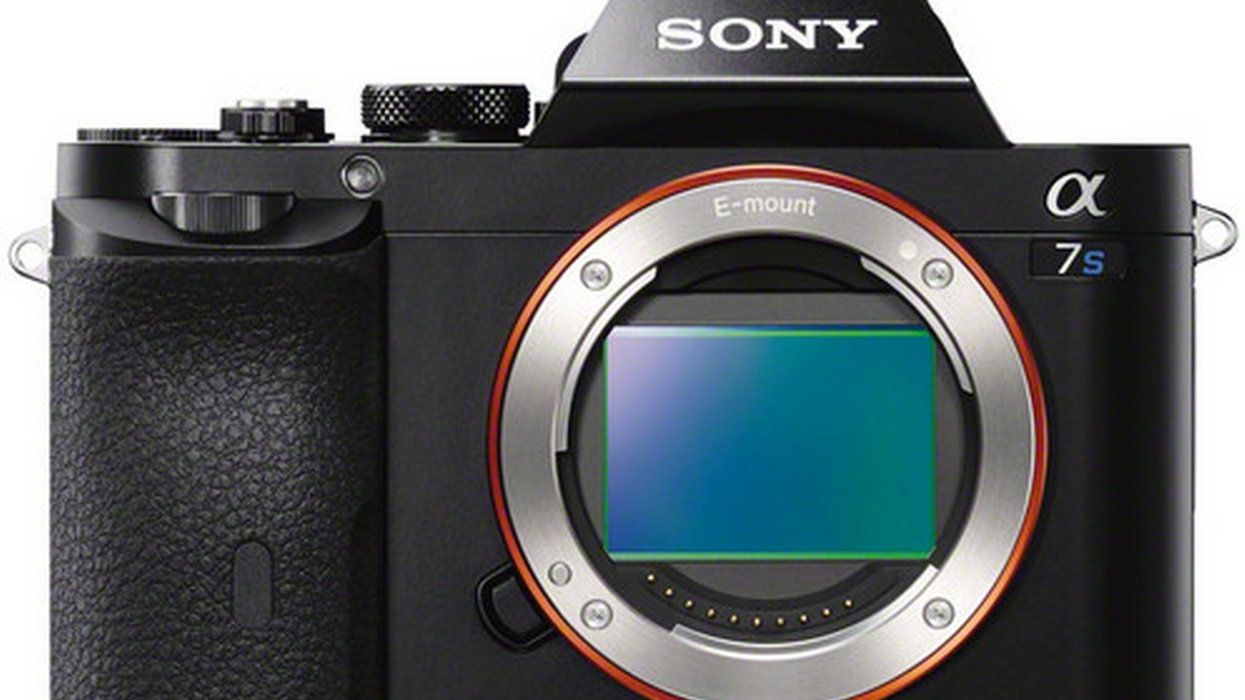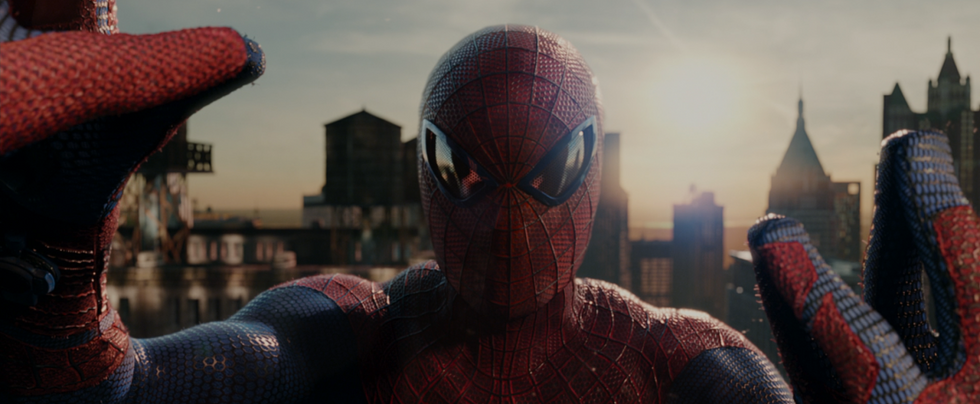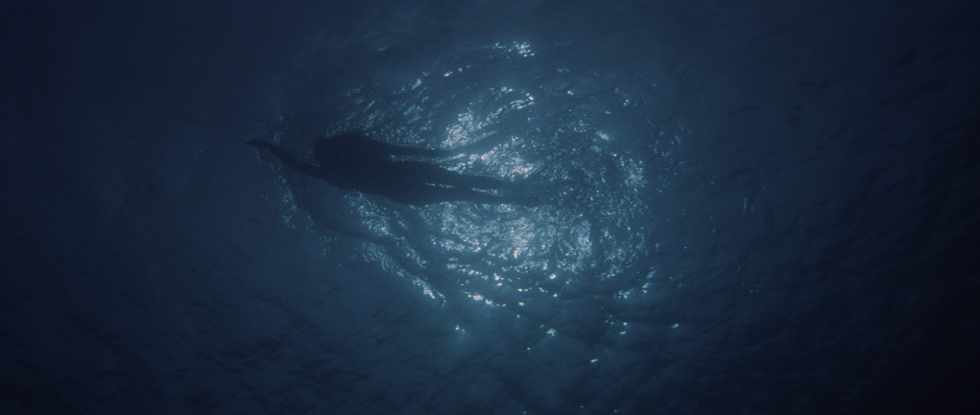Does the $2,500 Sony a7S Have Dynamic Range Similar to an ARRI ALEXA?

While the full-frame 1080p/4K a7S from Sony is proving to be an absolute beast in low-light situations, it's far more than just a night-shooting camera. Besides resolving what looks like a very solid 1080p image (an external recorder is required for 4K), it's also got some pretty fantastic dynamic range. How good? Well the folks over at cinema5D took the camera for a spin, and measured it at over 14 stops, right next to the ARRI AMIRA, which uses the same sensor as the even higher-end ALEXA, which is being used on tons of Hollywood and indie features.
If you missed it, here is how good the camera is in low-light (courtesy of Philip Bloom):
And the dynamic range chart from cinema5D:
And the DSC Labs chart:
Here's what they said about the numbers above:
Here we tested usable dynamic range of the given cameras. With 14.1 stops the usable dynamic range of the A7S comes surprisingly close to the Arri Amira with its legendary Alexa sensor (see our full review here).
This is an extremely good dynamic range rating and is fascinating considering that the A7S is available at a fraction of the Amira’s price and is also in a completely different weight and size class. While the Amira will outperform the A7S in other tests, the dynamic range is a very important attribute to consider when working with a camera.
The Canon cameras come in at 11-12 stops of usable dynamic range. This is still a very strong dynamic range rating, but in comparison to the A7S the Canon’s are way behind.
The Panasonic GH4 had the worst dynamic range in our test. This is in line with the rather videoish look and contrasty colors we can subjectively observe.
Some ungraded S-Log2 footage from ROMAN | LEGION, which is the profile used in the dynamic range test above:
It's also worth noting that some of Sony's press materials mentioned 15.3 stops of dynamic range, here's the Amazon listing:
Presenting the world’s smallest and lightest1 full frame interchangeable lens camera. With a groundbreaking 35mm large pixel image sensor rated at 15.3-stops of dynamic range and an ISO 409,600 sensitivity2, the α7S reveals astonishing detail and color even in the dead of night. Video excels with Full Pixel Readout, a 4K-optimized sensor and uncompressed 4K output. Fast, intelligent autofocus completes the picture.
While another testing site, DxOMark, measured the camera at 13.2 stops, they are only measuring the RAW photo capabilities, so it's possible that Sony is really pushing the sensor in video mode to get the most out of the 8-bits of video that are there. The processing in the camera combined with the S-Log2 looks like a lot of detail that might normally be lost in shadows is being preserved.
No camera is perfect, and for the price to be this low, it can't have absolutely everything. For example, the S-Log2 mode has a base ISO of 3200 (not a typo). So even though you can get incredible dynamic range out of the camera, it's going to require a bit of ND filtration to squeeze every ounce of it -- though it should be mentioned that there are other picture profiles on the camera that also get very good results. Rolling shutter seems to be at the higher end of DSLRs as well, though it's not quite as bad in APS-C mode:
For a $2,500 camera with high frame rates to be producing sharp 1080p and dynamic range close to an ARRI is quite a feat. The Blackmagic Cinema Camera and Pocket Cinema Camera have very high dynamic range as well, though they lack high frame rates and don't have quite the impressive low-light abilities the Sony cam does. Again, no camera in this price range is perfect, and all of them, from the Pocket to the a7S, can produce excellent results when used to the best of their abilities.
Be sure to head on over to cinema5D to read more about their test.
Links:



 'The Amazing Spider-Man' (2012)
'The Amazing Spider-Man' (2012) 'Jaws' (1975)
'Jaws' (1975)









